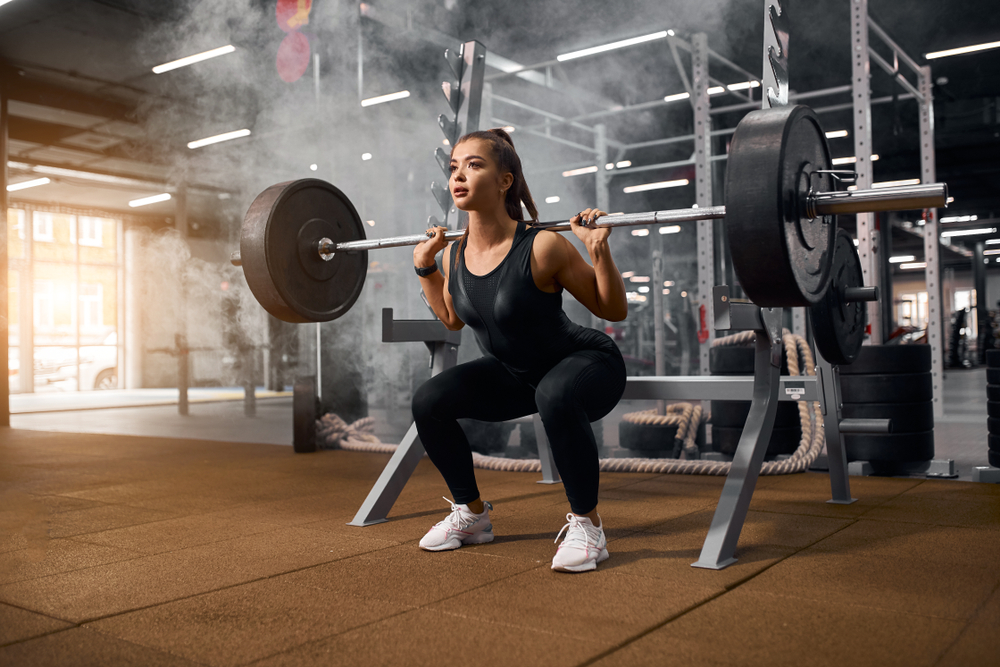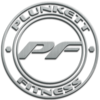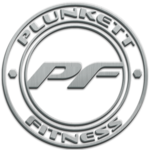 Weightlifting requires a lot of technique. It is a lot more than just lifting up heavy metal plates. However, if you have been in a gym recently, you have probably noticed a few people with bad form. While it may make you wince, what harm could it really do? Well, actually, bad weightlifting form for whatever lift is being performed could do some serious harm.
Weightlifting requires a lot of technique. It is a lot more than just lifting up heavy metal plates. However, if you have been in a gym recently, you have probably noticed a few people with bad form. While it may make you wince, what harm could it really do? Well, actually, bad weightlifting form for whatever lift is being performed could do some serious harm.
1. Prevent Injuries
The main reason that proper form is important is to prevent injuries. Improper lifting of heavy weights can easily lead to misaligned tendons, muscles, and joints. When we put our bodies in certain positions under heavy weights, we can cause strains and tears in the tendons and muscles. Additionally, these awkward positions decrease muscle functionality.
If you have to sway to get the weight into position, you should lower the weight you are trying to lift. It is always better to lift lighter weight with the correct form than it is to lift heavier weights with bad form. You should think of this as building up to the weight you want to lift.
Some of the most common injuries caused by improper form are lower back and knee injuries. If you notice pain in these areas after lifting weights, you might want to check your form.
2. Target Specific Muscles
When you aren’t using proper form, you probably aren’t going to be hitting the muscles that you intend to target. In fact, it can be impossible to really work the desired muscles if you have to sway to get the weight where you want it. This can also lead to injuring the muscles that you are trying to target.
3. Ensure Proper Breathing
One underrated aspect of weightlifting that is impacted by bad form is breathing. Proper form leads to proper breathing techniques during repetitions. For weight training, this is critical. Proper breathing techniques help generate more force, which reduces severe spikes in blood pressure, aneurysms, and heart problems.
Correct form will help you take air in more easily, and your concentration can be used to focus on the exercise instead of your breath. You should be breathing just before the lift and exhaling as you lower the weight. Try to keep the same pace throughout your set.
4. Reach Goals
If you aren’t using proper form, then you probably aren’t working the muscles that you wish to target. This means that you are going to get very little out of your workout. It will take a long time to see your desired results if you aren’t properly working the muscles you intend to strengthen. Bad form causes you to waste a lot of energy on stabilizing your body because your body is trying to protect you from injuries.
Common Form Problems
There are two very common weightlifting form problems. They relate to the core and scapula. Make sure your core is engaged to stabilize the body and protect the spine. You should also be aware of your scapula. A retracted scapula, which occurs when your shoulders are relaxed and down, protects your shoulders and neck during exercise. If you can focus on these two things, you are more likely to lift weights in a safe position.
Different exercises have different risks. It is critical that you know the proper form of all of your exercises to prevent muscle and ligament strains, but keep in mind that a push-up is much different than a squat.
Weightlifting with Plunkett Fitness
At Plunkett Fitness, our main goal is to teach people proper weightlifting form. While we love having each and every member in our gym, we want to provide life-long skills to everyone who comes through our door, so they are safely lifting weights, whether they are with us or not.
The benefits of weightlifting are numerous, but there are some dangers that arise when proper form isn’t being used. When you work with Plunkett Fitness, you can be sure that your trainer will help you work on your forms. This often means retraining the body to use the proper form with every lift.
To get started with a Plunkett Fitness trainer, give us a call today at 913-390-3360. One of our trainers will help you achieve your fitness goals by starting with correct form and nutrition.



